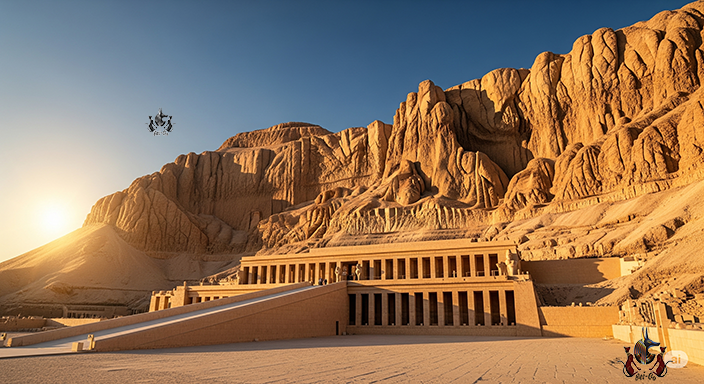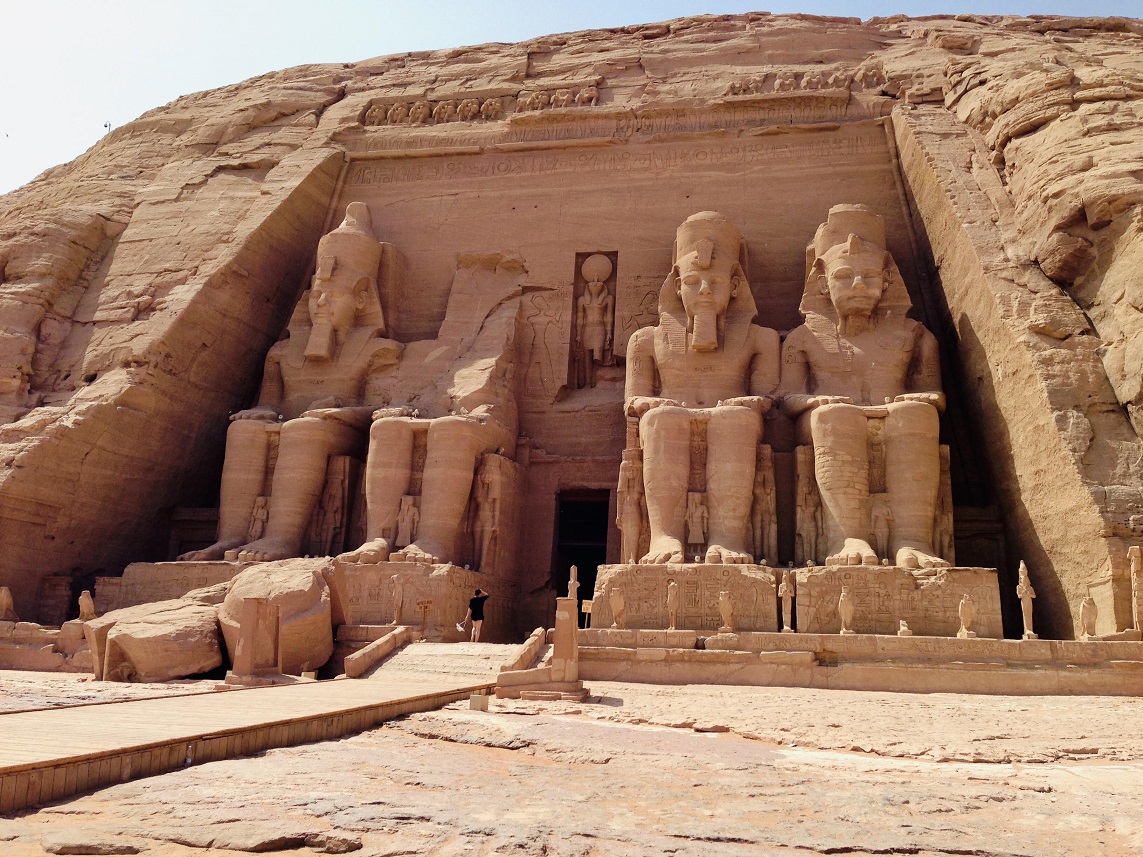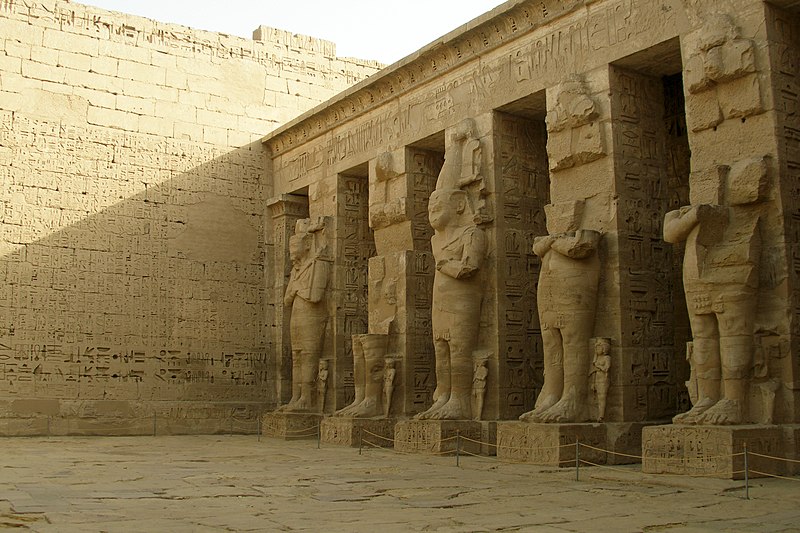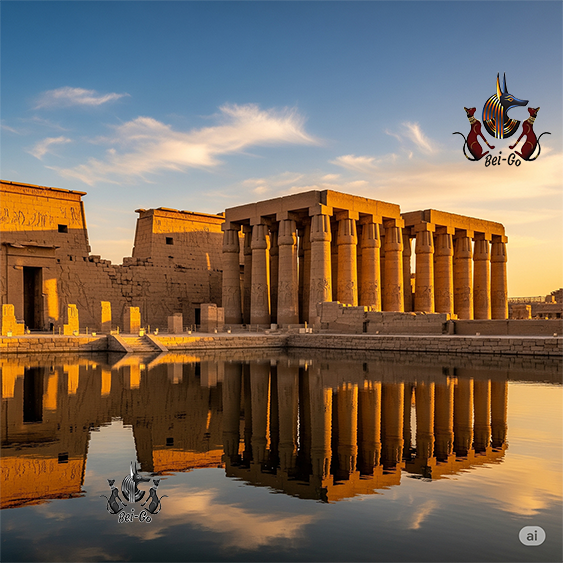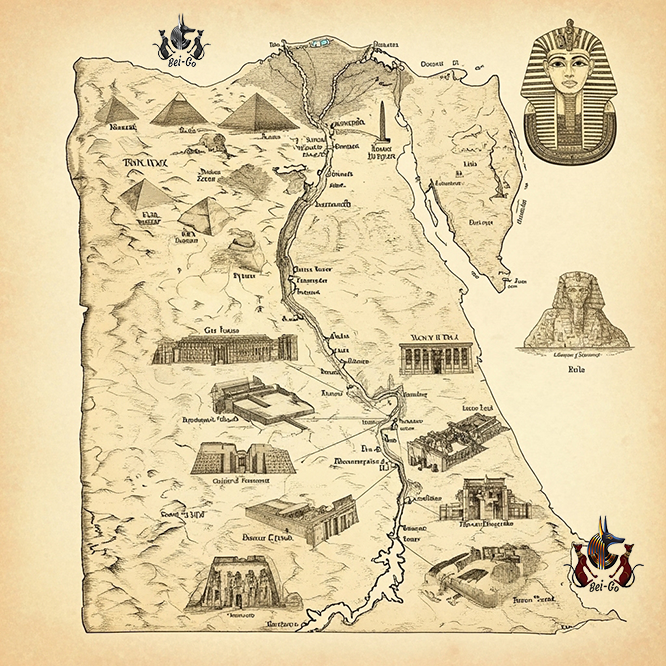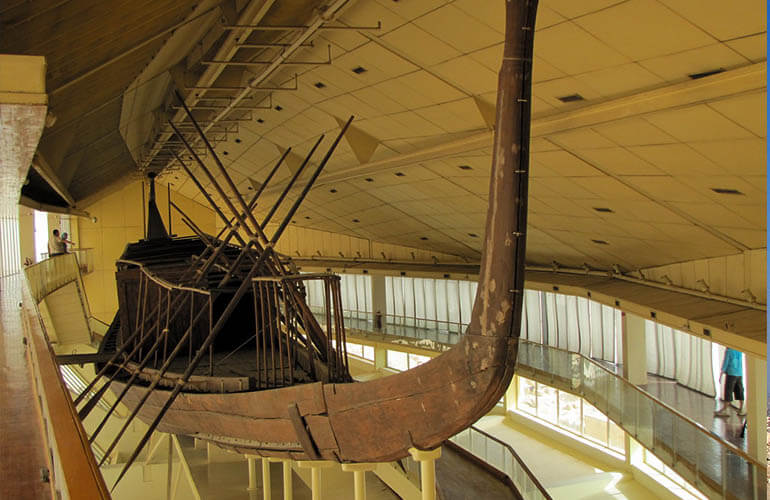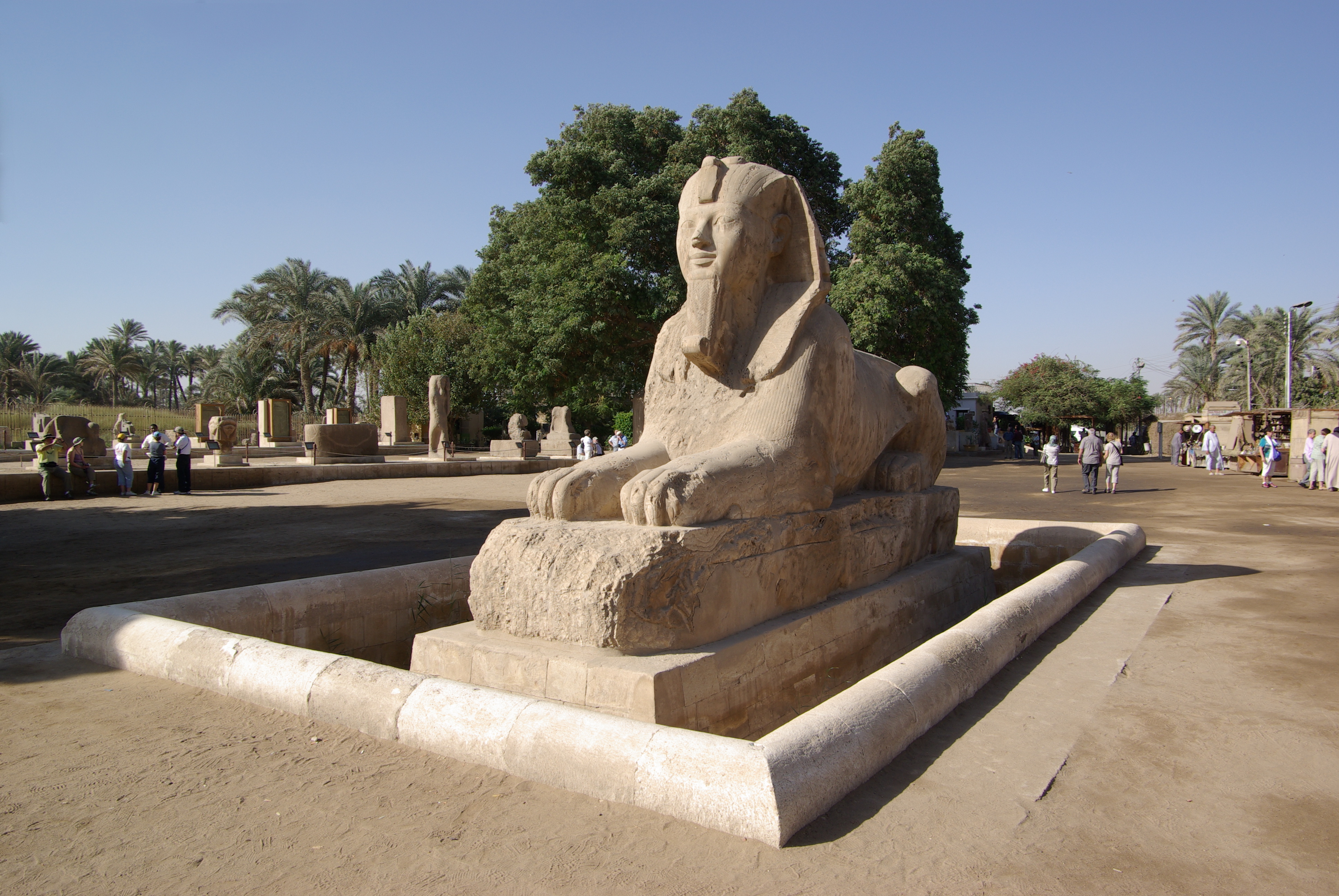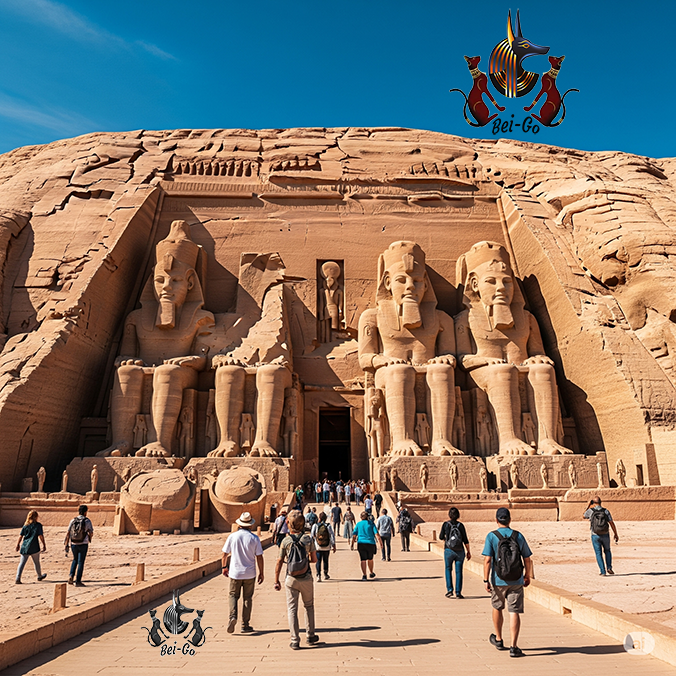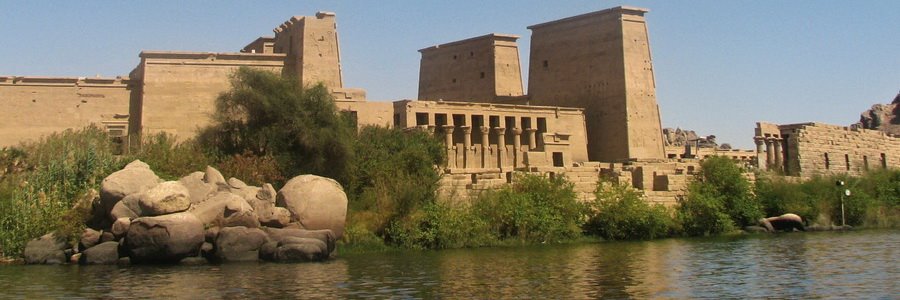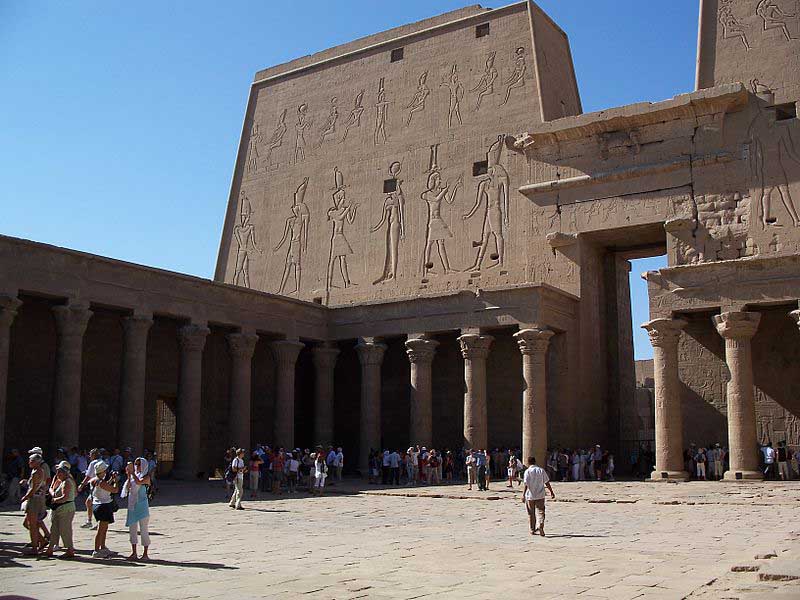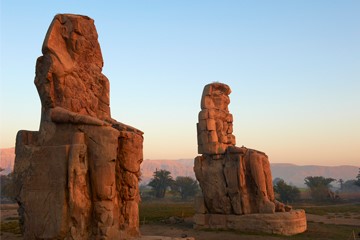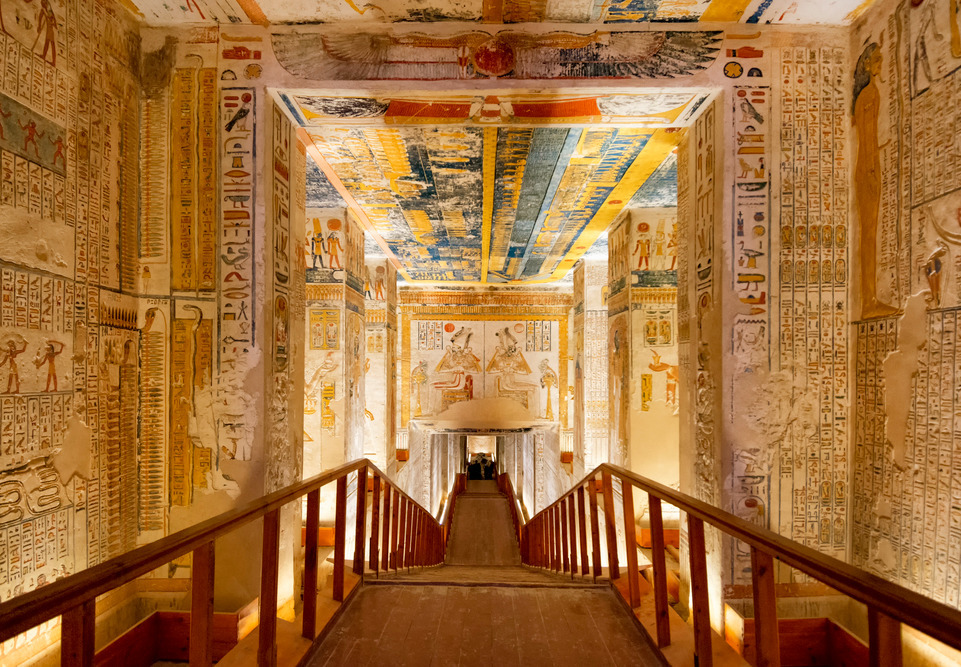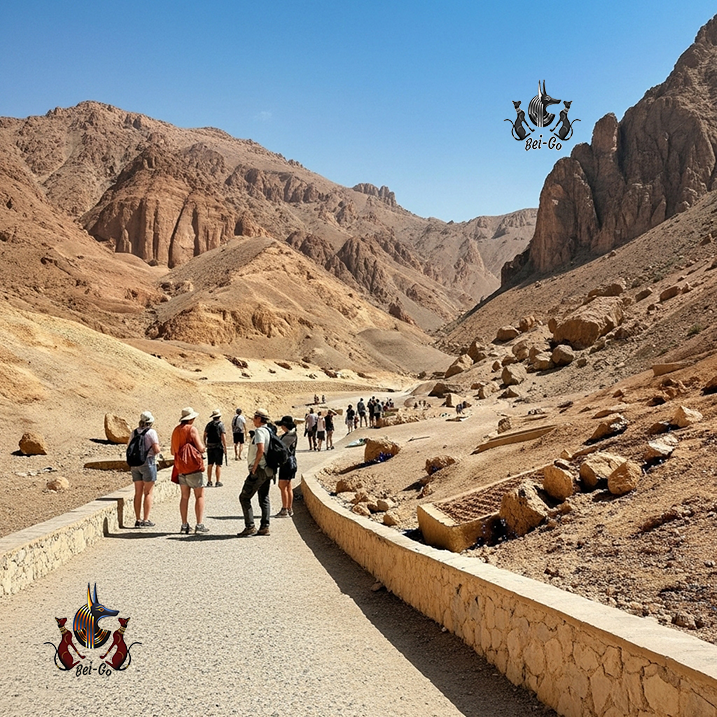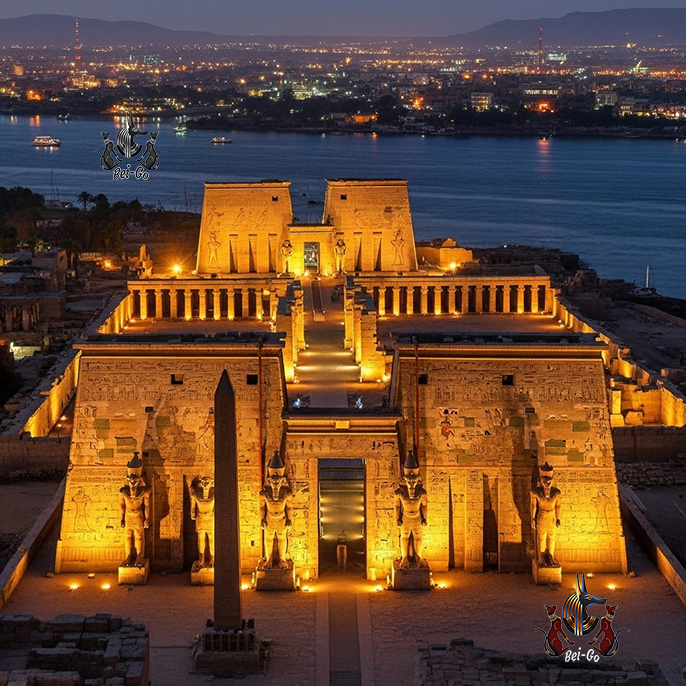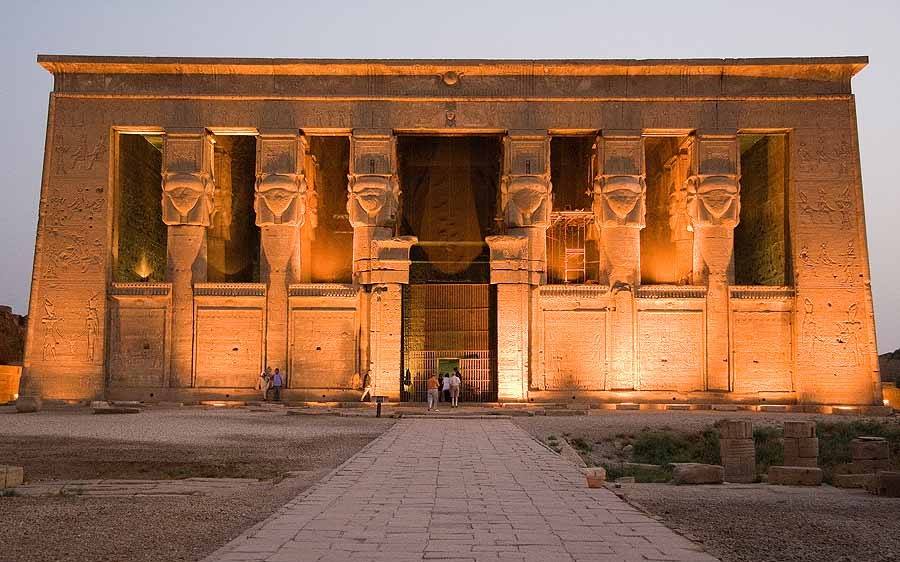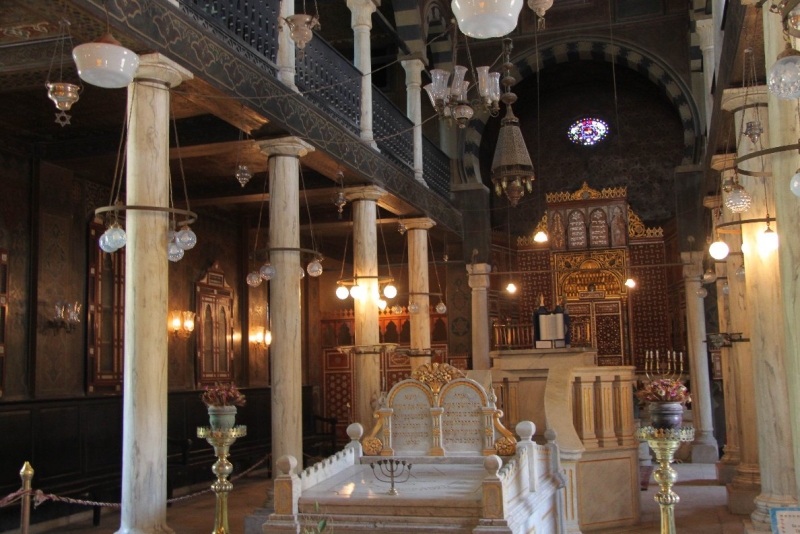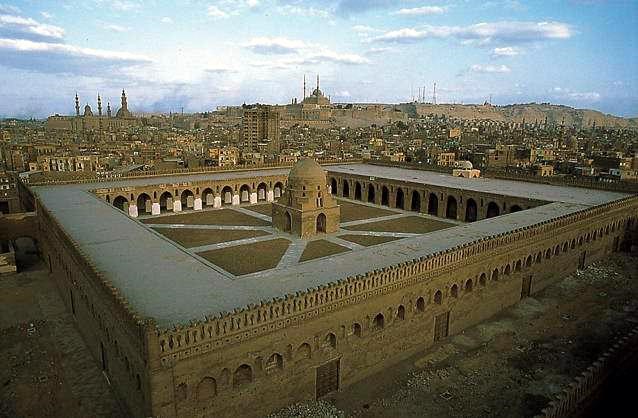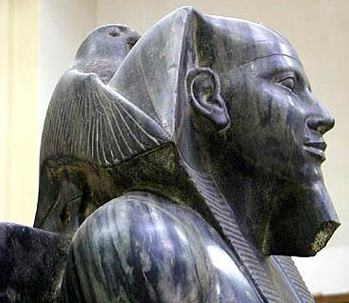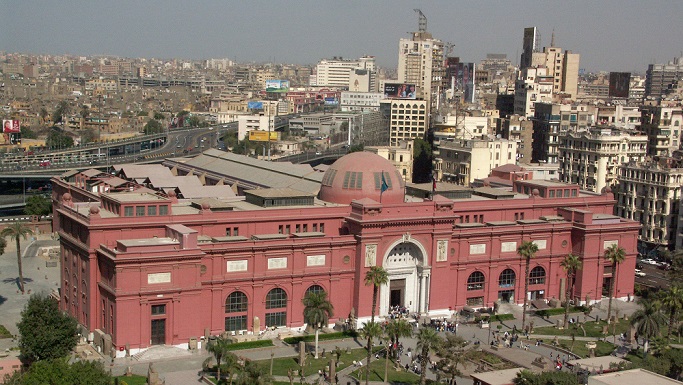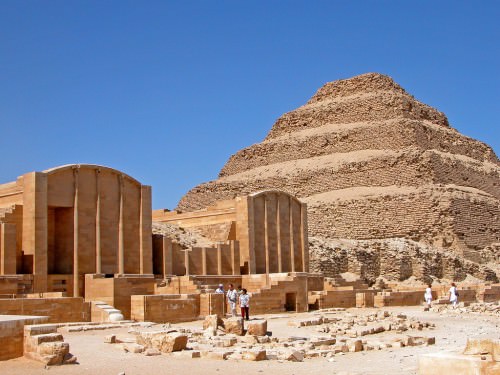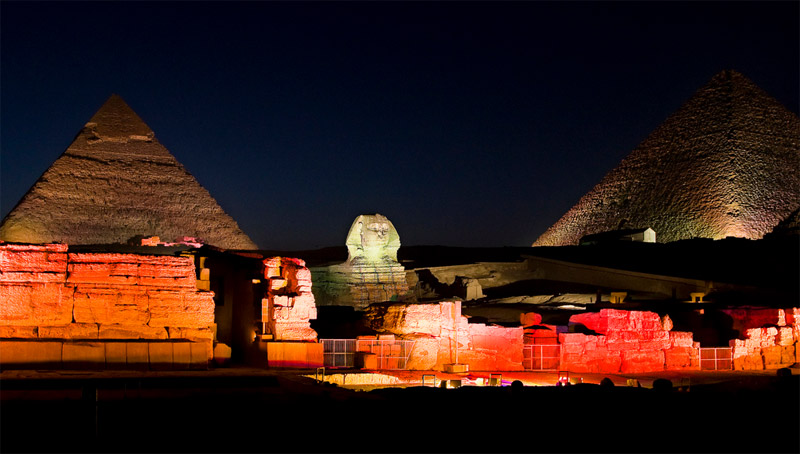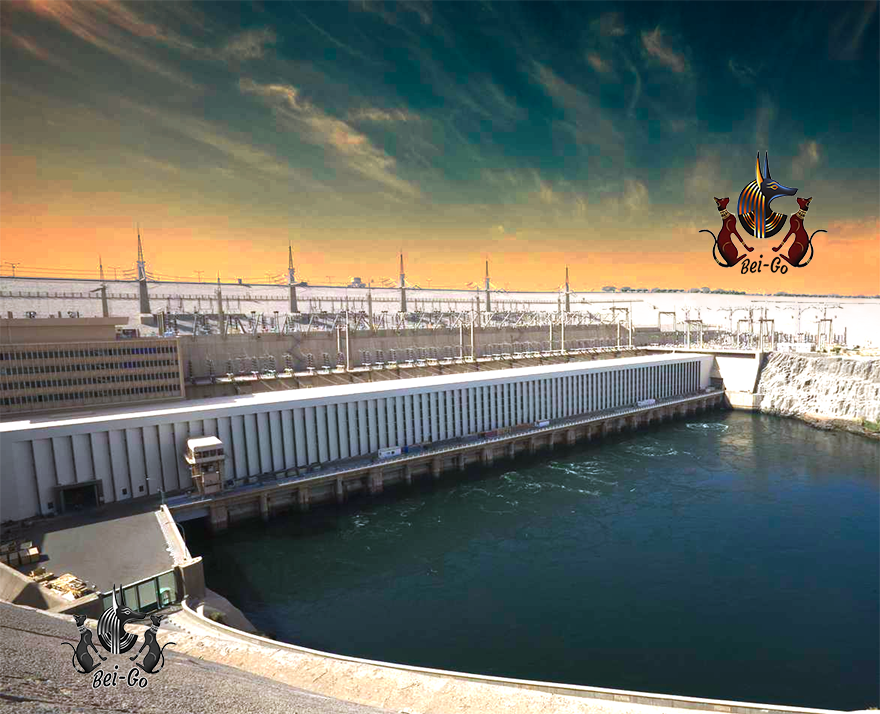
The Dam that Saved History: Egypt's Aswan High Dam

A Monument of Engineering and History
Rising proudly on the banks of the Nile, the Aswan High Dam is one of Egypt's most remarkable modern achievements. Built in the 1960s, this massive structure stretches more than 3,800 meters long and towers over 110 meters high, holding back the powerful waters of the Nile River to create the world-famous Lake Nasser. Beyond its practical role in providing electricity and controlling floods, the Aswan High Dam stands as a symbol of Egypt’s resilience and ambition, representing a pivotal moment where the nation harnessed its most precious resource to build a modern future while preserving its ancient heritage. For travelers seeking a deeper understanding of the country, the dam offers a fascinating look at how modern history blends with Egypt's legendary past.
A Cold War Marvel
The Aswan High Dam is more than just an engineering feat; it is a monumental artifact of the Cold War. In the mid-1950s, President Gamal Abdel Nasser initially sought financial backing from the United States and the United Kingdom for the colossal project. However, the U.S. and its allies grew wary of Nasser's growing non-aligned stance and his efforts to establish Egyptian regional leadership. His diplomatic recognition of Communist China and a secret arms deal with the Soviet-backed Czechoslovakia proved to be the final straw. In a dramatic response to the funding withdrawal, Nasser nationalized the British and French-owned Suez Canal, announcing that he would use the tolls to fund the dam himself. This bold act precipitated the Suez Crisis of 1956, a pivotal moment that saw a joint attack on Egypt by Israel, Britain, and France. Eager to exploit this diplomatic rupture and gain a strategic foothold in the Middle East, the Soviet Union stepped in with both financial and technical assistance. The construction, which began in 1960, became a powerful symbol of Egypt's shift toward socialism and its new alliance with the USSR.
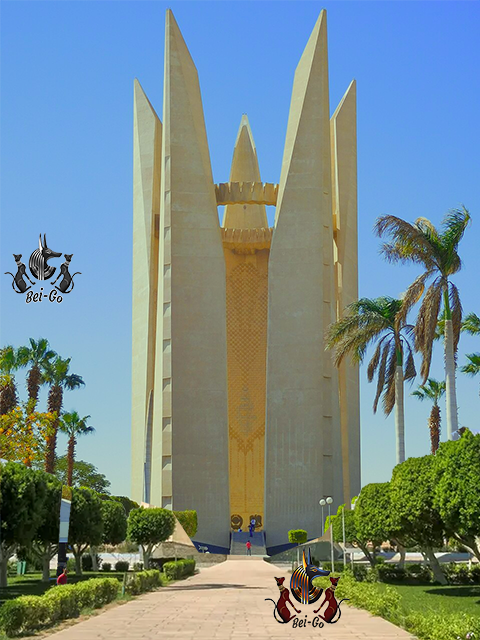
An Engineering Masterpiece
The sheer scale of the Aswan High Dam is difficult to comprehend. The rock-fill structure stands at an imposing height of 111 meters (364 feet), with a crest length stretching an incredible 3,830 meters (12,562 feet) and a base width of 980 meters (3,215 feet). The volume of material used in its construction—44.3 million cubic meters of earth and rock—is estimated to be enough to build 17 Great Pyramids of Giza, one of the Seven Wonders of the Ancient World. The dam's core is made of impermeable clay, ensuring its stability. This immense undertaking created Lake Nasser, one of the world's largest artificial lakes, which extends nearly 500 kilometers (310 miles) in length, with approximately 30% of its area in Sudan, where it is known as Lake Nubia. The dam's 12 turbines generate up to 10 billion kilowatt-hours annually, providing a massive boost to Egypt's economy by covering a significant portion of the nation's electricity needs and allowing for the electrification of many villages.
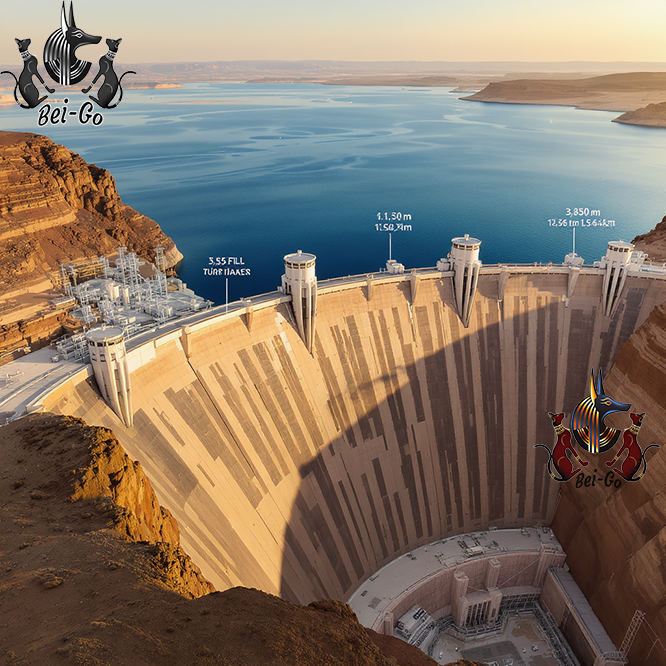
The Dam's Dual Legacy
The Aswan High Dam's completion brought both unprecedented benefits and significant, often unintended, consequences. For the first time in history, the annual, and often devastating, Nile flood was brought under human control, protecting communities and crops from a cycle of destruction and famine. The dam also enabled the reclamation of over 100,000 acres of desert land for cultivation and made it possible to grow additional crops on 800,000 other acres. However, the dam also trapped an estimated 40 million tons of nutrient-rich silt that once naturally fertilized the farmlands, forcing Egyptian farmers to use approximately one million tons of artificial fertilizers each year as an inadequate substitute. The lack of new sediment has also had a ripple effect downstream. The Nile Delta, which was built up over millennia by sediment deposition, is now receding as coastal erosion exceeds the supply of new silt. This has also led to saltwater intrusion into coastal aquifers, contaminating groundwater. The altered water dynamics have also led to other negative ecological and public health outcomes, including a decrease in fish populations, the spread of the disease schistosomiasis by snails that thrive in the new irrigation canals, and an increase in harmful algal blooms.
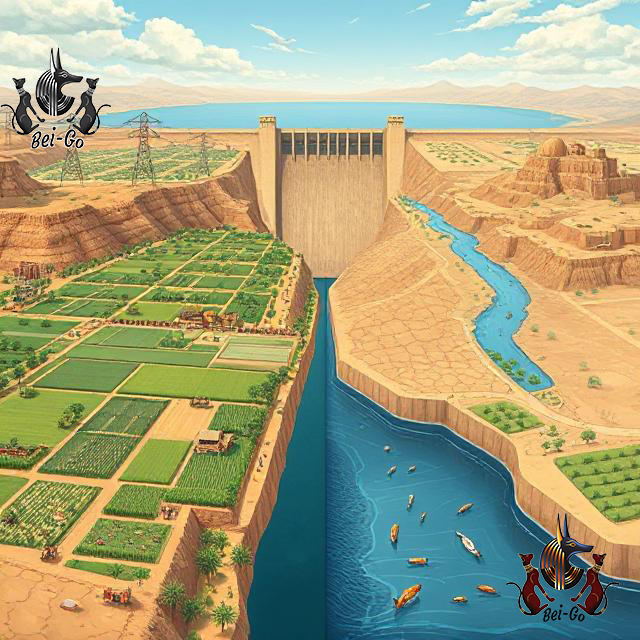
Saving Ancient Treasures
The immense scale of the Aswan High Dam and the creation of Lake Nasser came at a profound human and cultural cost. The rising waters of the reservoir required the displacement of an estimated 90,000 Egyptian and Sudanese Nubians from their ancestral lands, and their homes were submerged under the vast new lake. At the same time, the project also threatened to submerge some of Egypt's most priceless ancient treasures. In a remarkable international effort, led by UNESCO, a massive archaeological emergency team worked feverishly for seven years to survey, record, and excavate thousands of ancient sites. Most famously, the colossal rock-cut temple complex of Abu Simbel, built in the 13th century BC, was carefully dismantled and reassembled on higher ground in an unprecedented engineering feat. Similarly, the beautiful Temple of Philae, dedicated to the goddess Isis, was also relocated piece by piece to a new island to save it from the rising waters. These painstaking relocation efforts, which are celebrated as triumphs of archaeological preservation, highlight the delicate balance between progress and preserving the past.

A Travel Experience Beyond the Dam
A visit to the Aswan High Dam is just the beginning of a greater journey, as the dam created new opportunities for exploration. The immense reservoir of Lake Nasser is a popular tourist destination with an abundance of sights and activities. Travelers can enjoy boat tours, fishing trips for the famous Nile perch, or birdwatching. The lake also provides access to numerous ancient sites and Nubian villages that were relocated to its shores, such as the Temple of Kalabsha and Wadi El Sebou. This blend of serene landscapes and cultural richness ensures that a vacation to Aswan is a balanced journey of discovery and rest. For a truly comprehensive experience that connects these modern wonders with ancient history, a guided journey from a trusted travel partner like
Bei-go can ensure a seamless and unforgettable adventure.

Planning Your Visit
The Aswan High Dam is located about 13 kilometers (8 miles) south of the city of Aswan and is easily accessible by taxi or as part of a guided tour. Security checkpoints on the access road are common due to its strategic importance. The ideal time to visit is during the cooler winter months, from November to February, when temperatures are around 20 to 25 degrees Celsius (68 to 77 degrees Fahrenheit). The entry fee is very affordable for foreign tourists, typically around 30 Egyptian pounds (about 1 US dollar), though it's always wise to check for current prices. A visit to the dam is a vital stop for anyone seeking to understand the complex blend of ancient history and modern ambition that defines contemporary Egypt. To make your journey seamless and to get the most out of your visit, consider planning with a trusted travel partner like
Bei-go (https://www.bei-go.com/index.php?lang=en), which provides comprehensive tourism support and expert guidance. By choosing a guided journey with experts who can connect the dots, like the team at Bei-go, travelers can enjoy a seamless itinerary that combines modern comfort with authentic Egyptian adventure.








